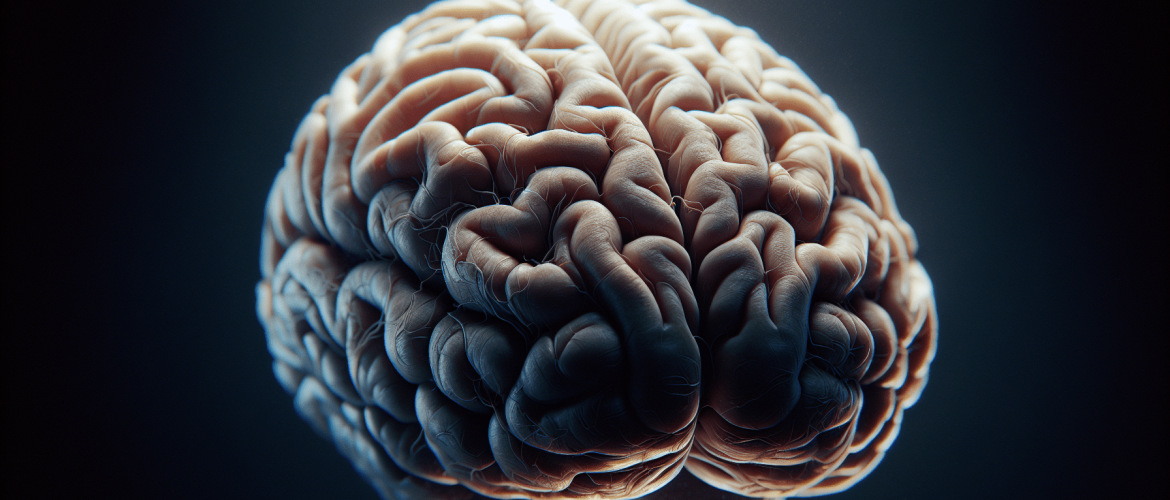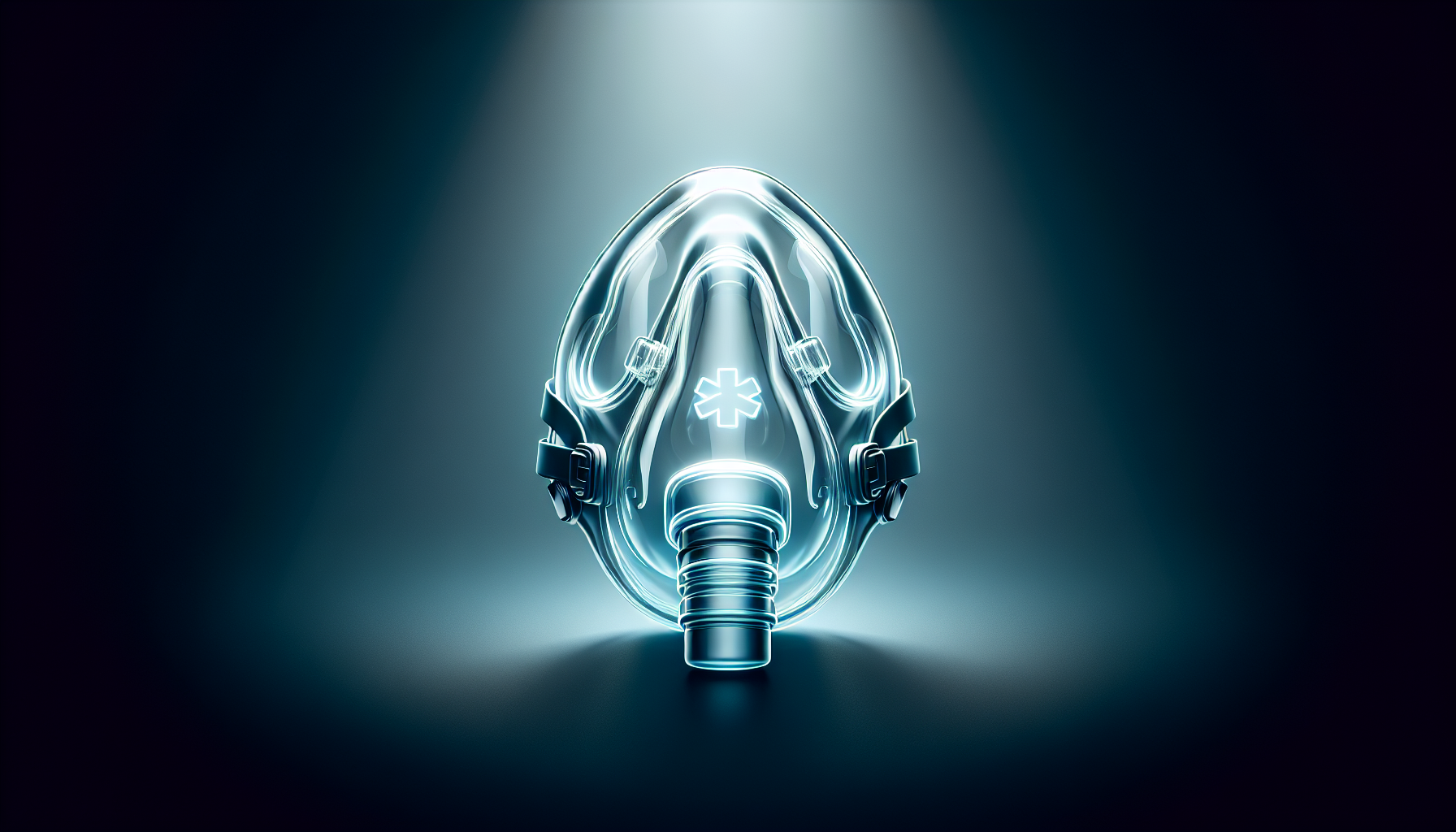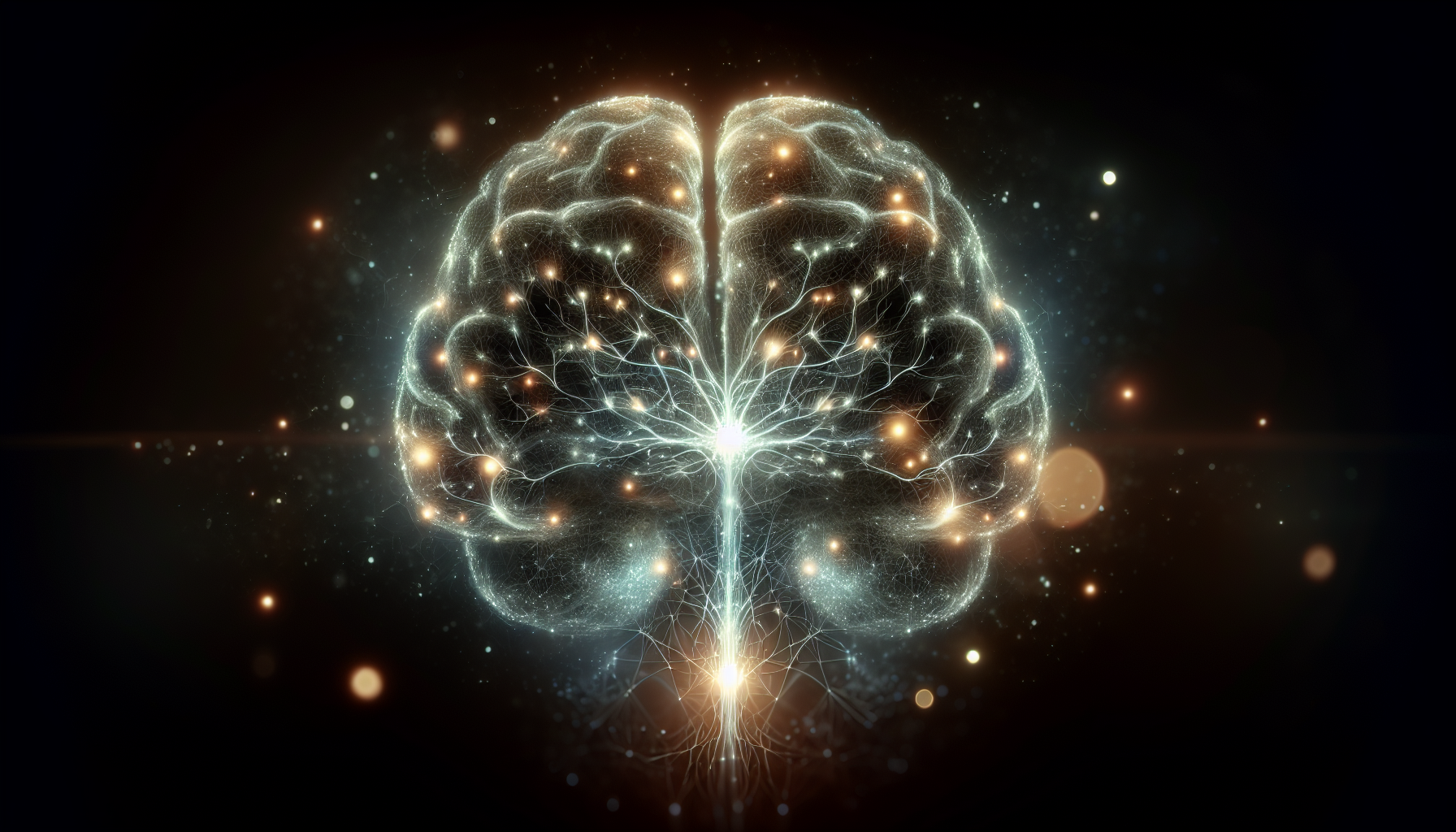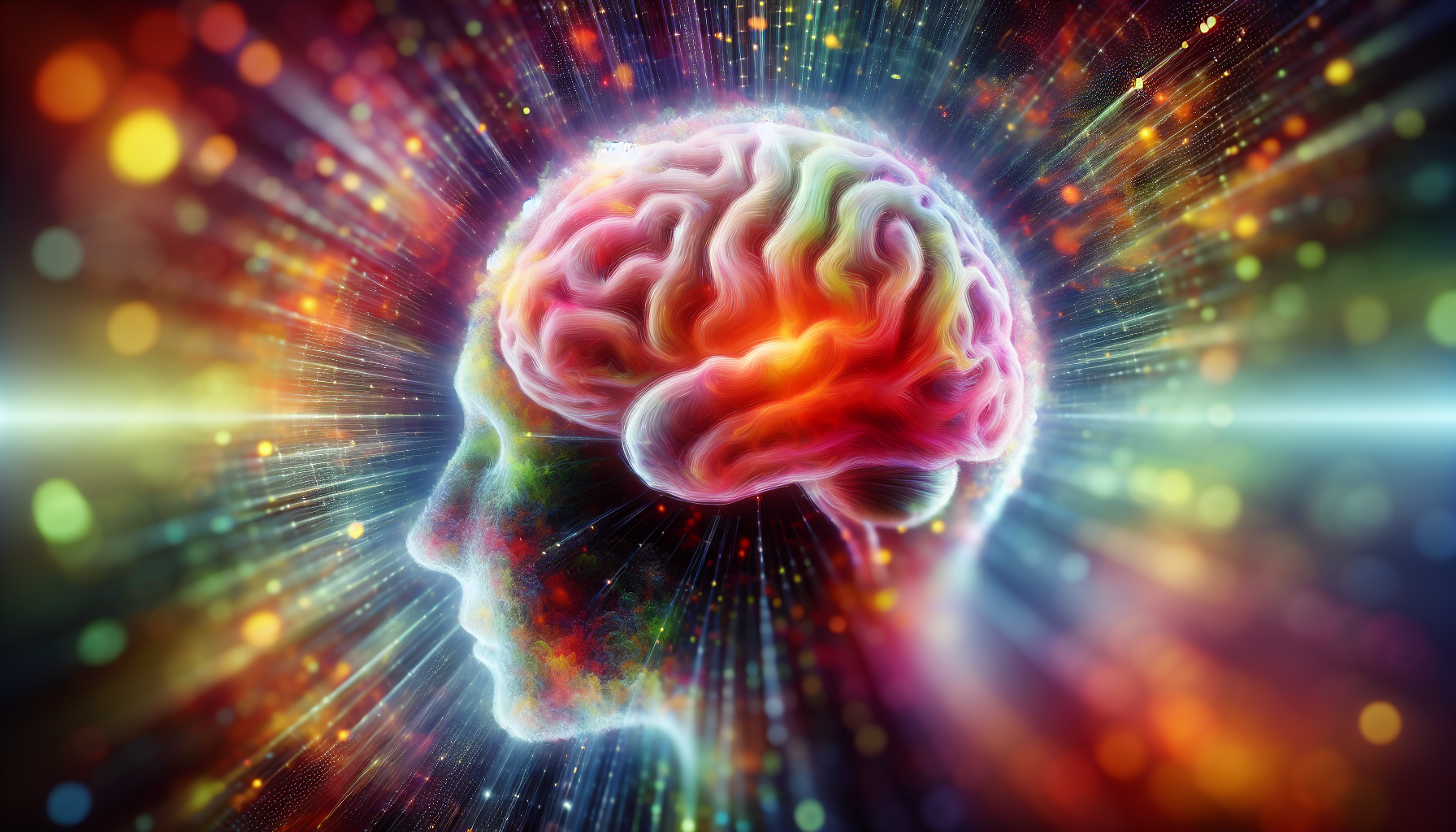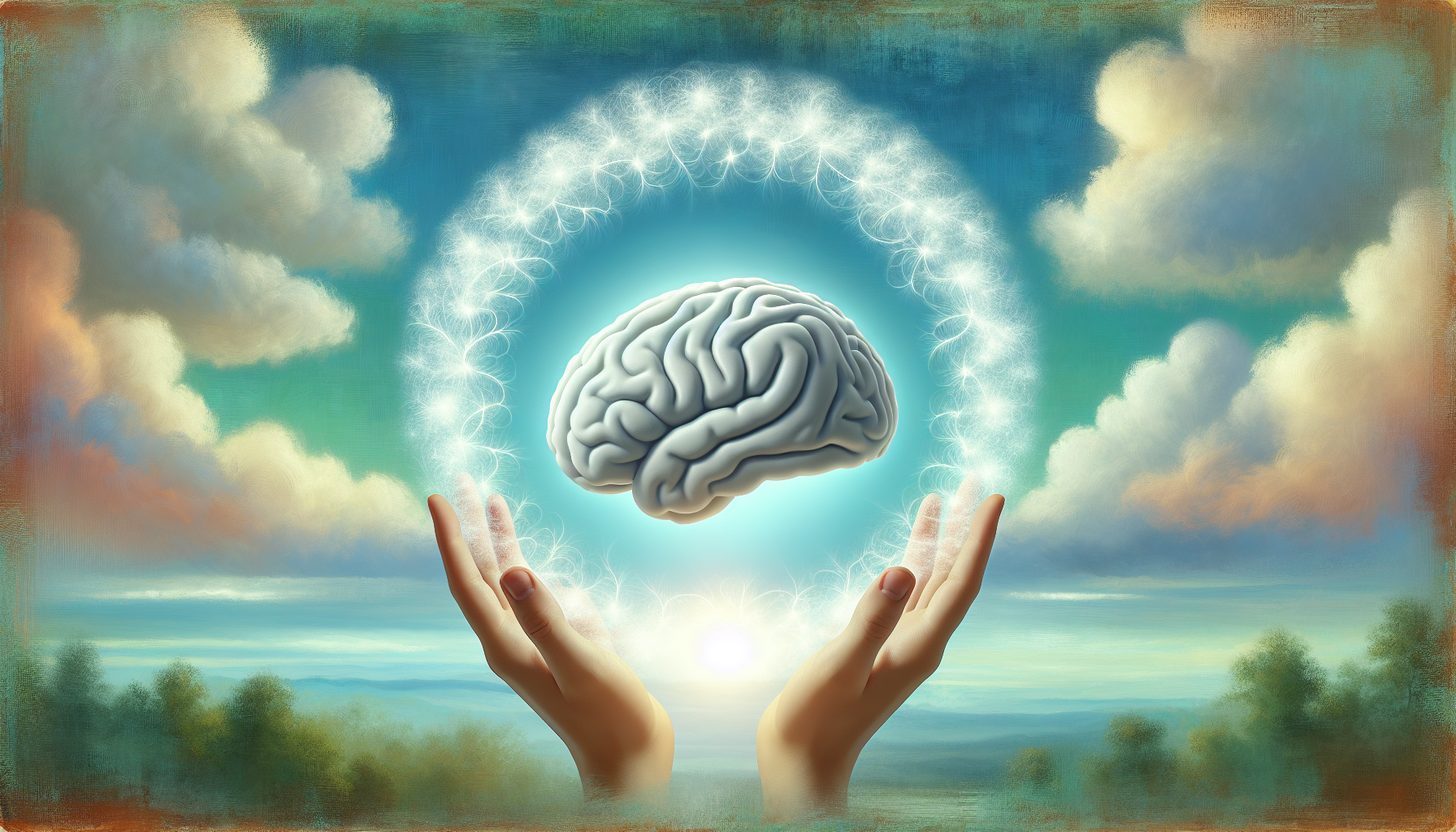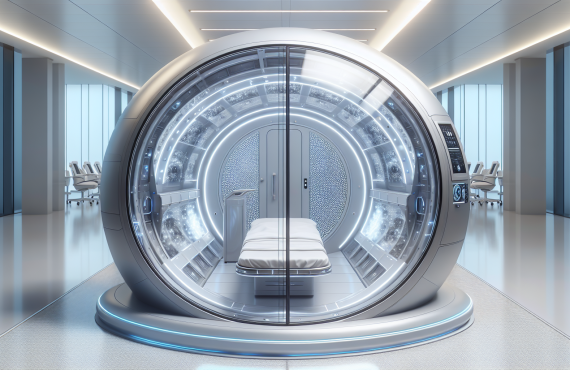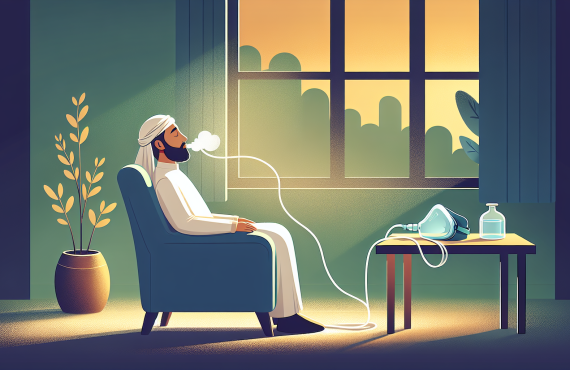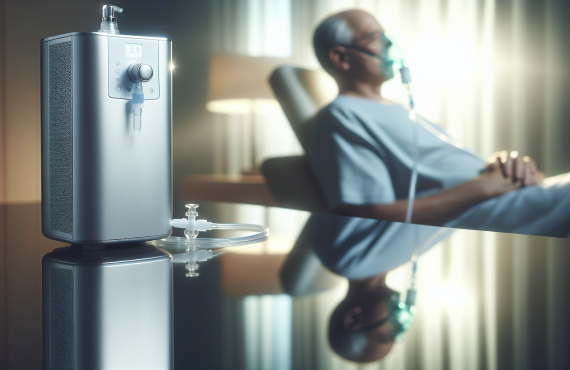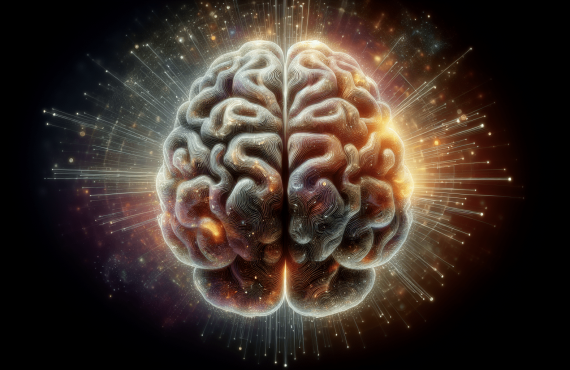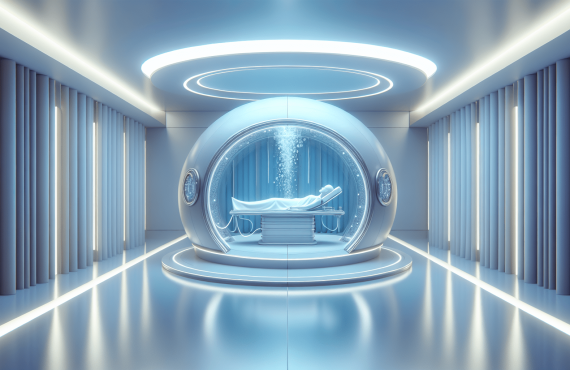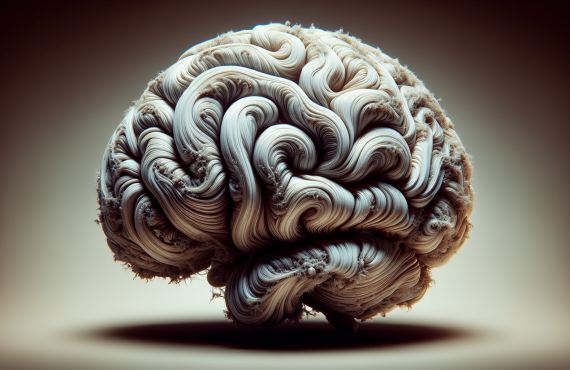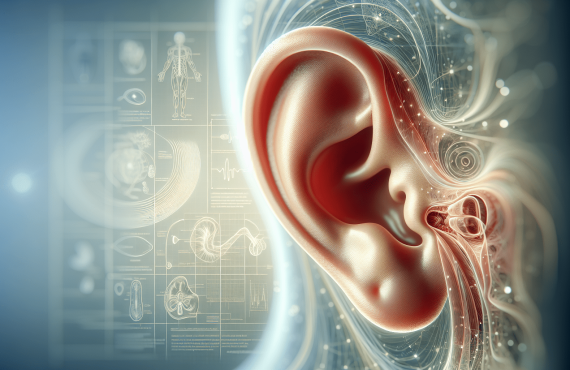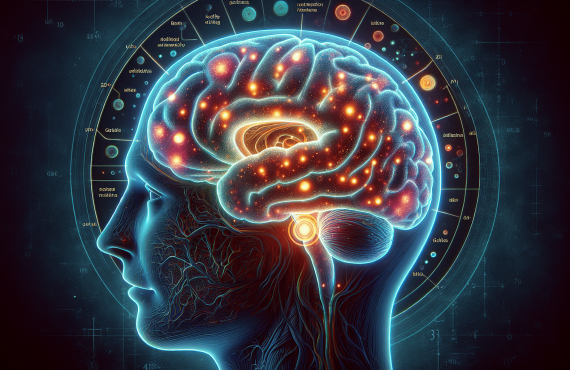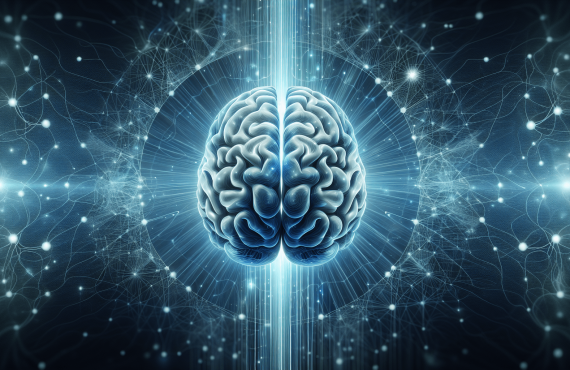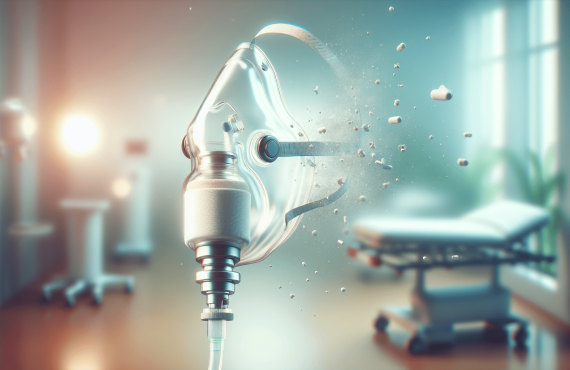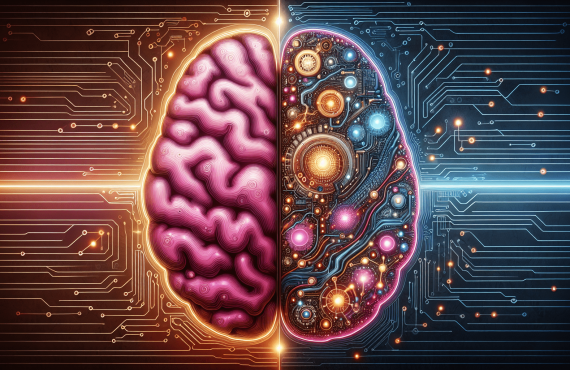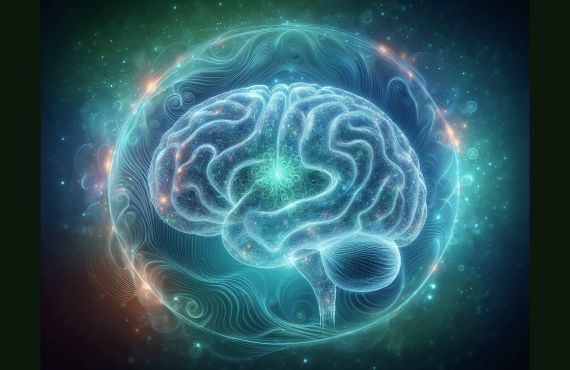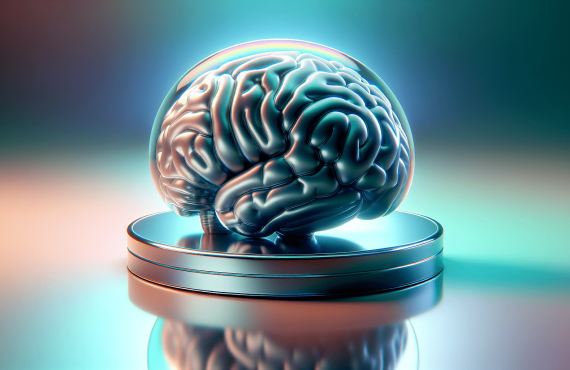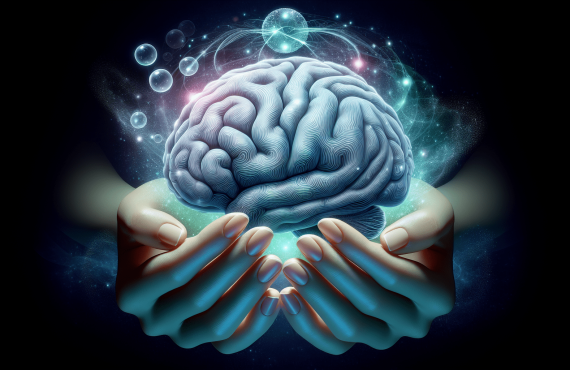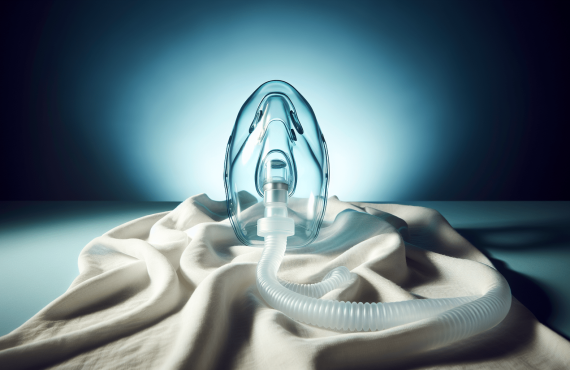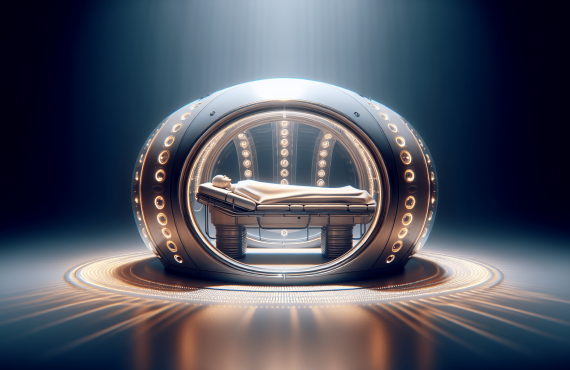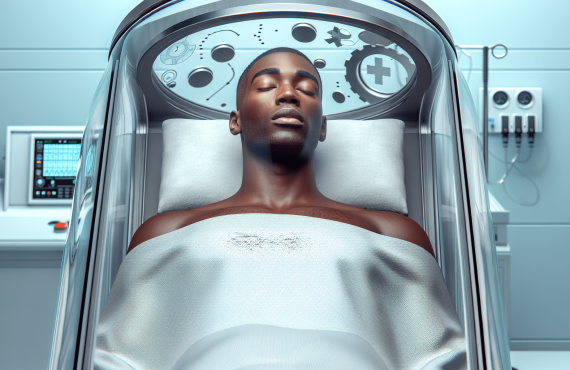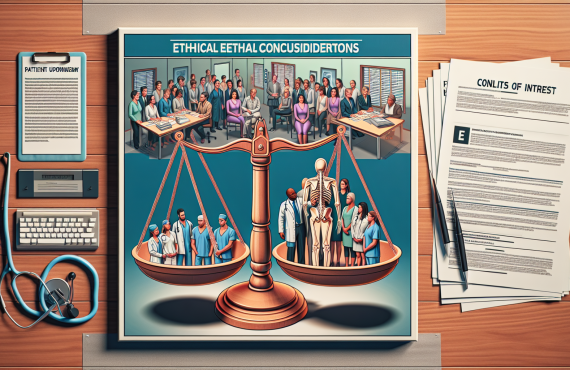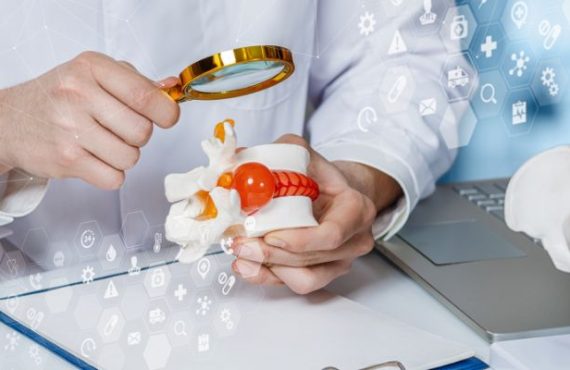Have you ever wondered at what point brain damage becomes irreversible? It’s a complex and delicate topic, often shrouded in mystery and misinterpretation. Understanding brain damage, its causes, and its long-term effects can help you grasp the seriousness of this condition and how it impacts lives.

Table of Contents
What is Brain Damage?
Brain damage refers to the destruction or degeneration of brain cells. It can result from a traumatic injury, illness, or an underlying condition. Unlike other parts of the body, the brain has limited capacity to repair itself. This makes brain health incredibly vital.
Types of Brain Damage
The brain is a sophisticated organ, and damage can manifest in various ways:
-
Traumatic Brain Injury (TBI): Caused by an external force, often due to an accident or fall.
-
Acquired Brain Injury (ABI): Occurs after birth and encompasses any brain injury acquired after the fact, including through illness.
-
Cerebral Hypoxia: Results from a lack of oxygen, which brain cells need to function.
Causes of Brain Damage
Brain damage stems from numerous conditions:
-
Trauma: Falls, vehicle accidents, or physical assault can lead to TBIs.
-
Stroke: A disruption in the blood supply to the brain causes cell death.
-
Infections: Conditions like meningitis or encephalitis can cause inflammation and harm.
-
Toxic Exposure: Chemicals or substances, like drugs or alcohol, can affect brain cells adversely.
The Process of Brain Damage
Understanding how damage occurs will help you see why some brain injuries are irreversible. Let’s walk through the stages.
Initial Injury
The event causing the damage, such as a blow to the head or a stroke, marks the initial injury. It’s the first domino, setting off a sequence of events inside the brain.
Secondary Effects
Following the initial injury, secondary effects like swelling, increased pressure inside the skull, or insufficient blood flow can cause additional harm. These factors may compound the initial damage, reducing the likelihood of complete recovery.
Time-Sensitivity
The timing of intervention is critical. Quick medical response often determines the extent of long-term effects. The longer it takes to receive treatment, the greater the risk of irreversible damage.
When is Brain Damage Considered Irreversible?
The concept of irreversibility stirs both fear and curiosity. When do the changes become final, and how can this be determined? Several factors play a role in assessing irreversibility.
Timeline of Recovery
-
Acute Phase (0-7 Days): Immediate treatment focuses on saving lives and preventing further injury.
-
Subacute Phase (1-6 Months): Doctors assess recovery potential. Continuous improvement occurs here.
-
Chronic Phase (Beyond 6 Months): Further improvements slow or stop, indicating possible permanency.
Factors Influencing Recovery
-
Age and General Health: Younger, healthier individuals may recover more effectively due to better neuroplasticity.
-
Extent of Damage: Extensive or deep brain injuries can be more challenging to overcome.
-
Type of Injury: Some areas of the brain, when damaged, have more profound effects than others.
Treatment Options for Brain Damage
Intervening with appropriate treatment might sway the outcome toward recovery. Let’s consider what these treatments involve.
Medical Interventions
Medications: Drugs treat symptoms, reduce inflammation, and manage pain. They don’t repair the brain but can improve quality of life.
Surgery: Sometimes necessary to reduce pressure or remove damaged tissue.
Rehabilitation Therapies
Physical Therapy: Helps regain movement, strength, and coordination.
Occupational Therapy: Focuses on improving daily living skills.
Speech Therapy: Addresses communication difficulties.

Hyperbaric Oxygen Therapy (HBOT)
Hyperbaric Oxygen Therapy introduces a potential avenue for healing in specific cases of brain damage.
What is Hyperbaric Therapy?
Hyperbaric Therapy, or HBOT, involves breathing pure oxygen in a pressurized chamber. While under pressure, your body dissolves more oxygen into the blood, promoting healing in tissues, including the brain.
Benefits of HBOT
-
Enhanced Healing: Higher oxygen levels in blood accelerate healing processes.
-
Reduced Inflammation: HBOT helps decrease inflammation, a secondary effect in brain injury.
-
Stimulated Angiogenesis: It encourages new blood vessel growth, supporting tissue regeneration.
FAQs about Brain Damage and HBOT
Can brain cells regenerate?
While some minor regeneration occurs, brain cells generally do not regenerate sufficiently to reverse significant damage.
Is HBOT painful?
No, it is a painless procedure, though you might feel pressure in your ears similar to that during a flight.
How many sessions of HBOT are needed?
The number varies based on the condition and severity of injury. A healthcare professional will provide tailored guidance.
Is HBOT covered by insurance?
Coverage varies, often depending on the condition being treated. Check with your provider for specifics.
Are there side effects to HBOT?
Most experience minimal side effects, such as ear discomfort. Severe side effects are rare.
Seeking Professional Help
Understanding brain damage and its implications can guide decisions and interventions. Consult professionals for tailored advice.
Located in Pensacola, Henry Chiropractic offers comprehensive care to enhance your journey to health. Owned by Dr. Craig Henry, this practice prioritizes wellness and functional recovery. Dr. Henry focuses on improving health through chiropractic care, suitable for various conditions, including back and neck pain.
Dr. Aaron Hixon also contributes his expertise. Hailing from Florida, his approach blends diverse chiropractic techniques with personalized care, emphasizing whole-body wellness.
Contact Henry Chiropractic
Feel empowered to take control of your health. Reach out with any questions or to schedule an appointment at:
- Address: 1823 N 9th Ave, Pensacola, FL 32503
- Phone: (850) 435-7777
- Website: drcraighenry.com
Final Thought
Understanding the intricacies of brain damage, from its causes to potential treatments, enables you to make informed decisions about your health or that of loved ones. Treatment is most effective when combined with professional medical advice and tailored therapy options, helping guide each step of the recovery path.


